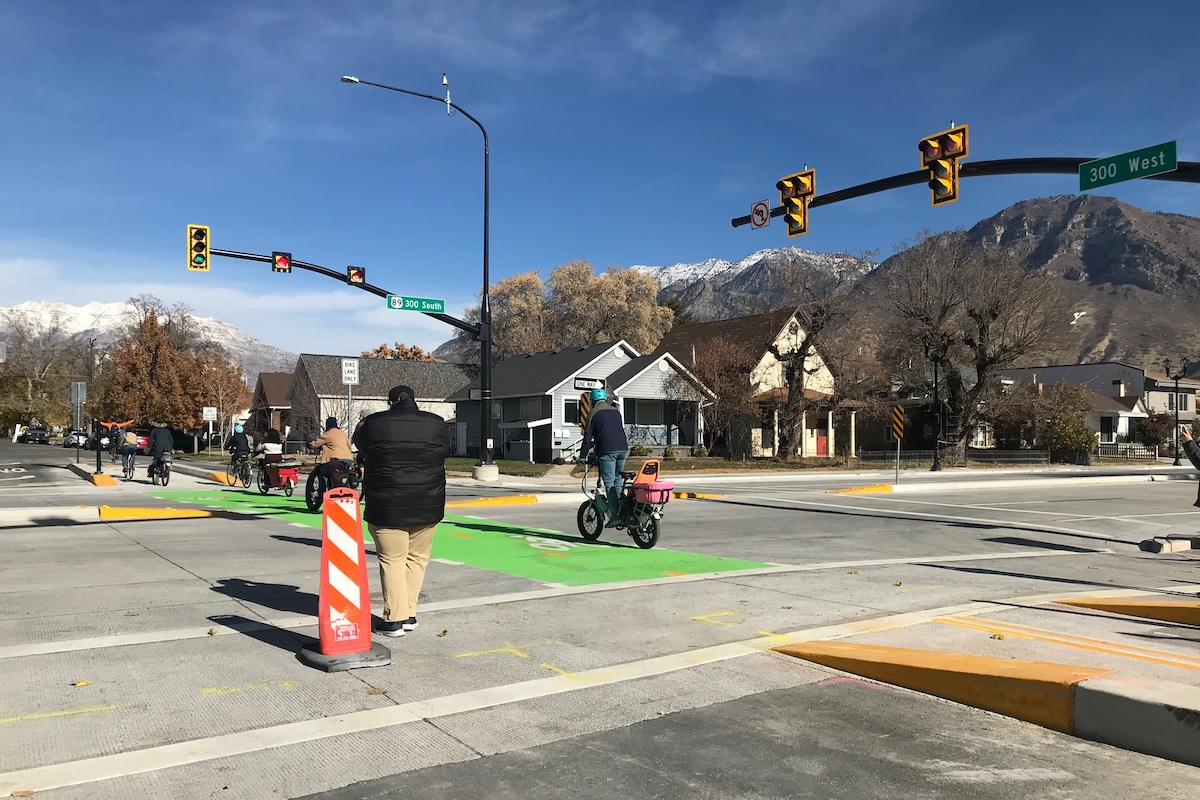FHWA reviews spending authorization for every state and redistributes funds from those states unable to utilize the full amount originally authorized to them, as well as from federal transportation grant and loan programs that were underutilized during the year. The redistributed funds are sent to states demonstrating projects meeting federal funding requirements.
The $101 million in federal funding authority represents an increase of 25 percent over NDOT’s initial authorized amount ($400 million), which is the largest increase in redistributed funds that Nevada has ever received in both total amount and percentage increase. This year, Nevada ranked 11th in terms of the percentage of redistributed funds received versus the initial amount appropriated.
To qualify for this record-setting amount of funding, NDOT worked to ensure numerous transportation projects were ready to fully utilize authorized FY2022 federal transportation funds, as well as demonstrate current projects that fit all requirements for receiving additional federal funding authority.
“With this $101 million boost in funding authority, NDOT will have brought home more than $208 million since 2019, ... supporting critical transportation projects throughout Nevada,” Swallow said. “This historic amount of funding is a testament to the hard work NDOT has put into effectively planning and advancing projects, putting more federal dollars to work to support good-paying jobs, local communities, and deliver some of the best roads and bridges in the country.”

| Your local Bobcat dealer |
|---|
| Ditch Witch West |
| Faris Machinery |
| Romco Equipment Co |
Despite this significant infusion of federal spending authority, the State Highway Fund, which funds most state transportation projects, faces an annual deficit of more than $530 million — and it only continues to grow. Nevada’s Transportation Funding Study and Advisory Working Group is currently studying Nevada’s multimodal transportation needs to recommend funding options to provide long-term financial sustainability and equitably meet long-term needs of all transportation users.



































































